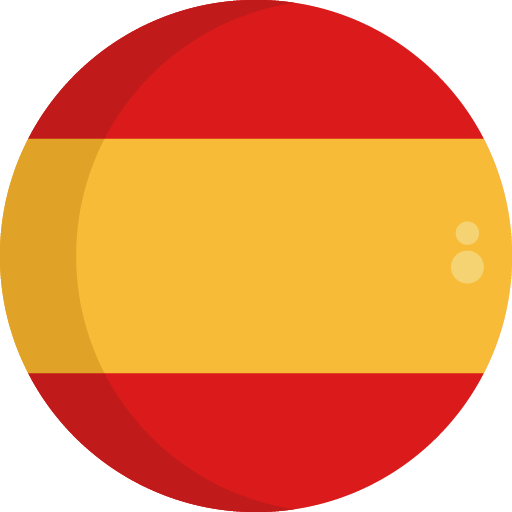Section 98
Conflict over Jesus' claim to be the light of the world
Jerusalem, in the temple
| John 8:12-20 |
| 12Then Jesus spoke to them again, saying, “I am the light of the world. Whoever follows me will certainly not walk in darkness, but will have the light of life.” 13So the Pharisees said to him, “You are testifying about yourself, so your testimony is not valid.” 14Jesus answered them, “Even if I testify about myself, my testimony is valid, for I know where I came from and where I am going, but you do not know where I come from or where I am going. 15You judge according to the flesh, but I judge no one. 16Yet even if I do judge, my judgment is valid; for I am not alone, but I am with the Father who sent me. 17In your own law it is written that the testimony of two men is valid. 18I testify about myself, and the Father who sent me also testifies about me.” |
| 19Then they said to him, “Where is your father?” Jesus answered, “You neither know me nor my Father. If you knew me, you would know my Father as well.” 20(Jesus spoke these words in the treasury as he taught in the temple courts. But no one arrested him, because his hour had not yet come.) |
Notes
Temple Mount
For many people, their first view of the Temple Mount is from the Mount of Olives to the east. The most easily recognized area of Jerusalem; the Temple Mount is located within the walls on the eastern side of the Old City. The site of the Temple of Solomon, and of the later Temple built by Herod the Great (which is the temple Jesus visited), is now an enormous stone platform upon which stands the golden covered Dome of the Rock and the Al Aksa Mosque.
Here Jews come to pray at the Western Wall; here Muslims come to pray at the Dome of the Rock and the Al Aksa Mosque. Here Israeli soldiers and the Arab Temple Mount Police protect what may rightly be called the most revered spot on the face of the earth.
Solomon built the First Temple on the threshing floor that his father David had purchased from Arunah the Jebusite (2 Samuel 24:18 25). The site was hallowed as the place where God stayed the hand of Abraham as he was about to sacrifice his son Isaac on Mount Moriah (2 Chronicles 3:1), and where God stopped the plague against the Israelites (2 Samuel 24:15 18). In addition to the Temple and its associated buildings, Solomon built other magnificent structures between the City of David and the Temple Mount.
Southern Steps of the Temple
The main public access to the Temple was from the southern steps. People entered and exited through a double and triple gate, together called the Huldah Gate. These gates had to handle enormous crowds during feast days; estimates as high as 500,000 people at a time. The triple arched gate was the entrance and the double arched gate served as the exit. Although the double and triple gates have been filled in, you can still see their outlines in the walls near the well-preserved steps of the monumental staircase.
The triple gate to the east led to a tunnel that brought worshippers up to the Temple and the columned porches. To leave the Temple they would exit the double gate on the west and go down a staircase 4 times larger than the entry staircase, since everyone was leaving at the same time. The steps below the wider staircase are well preserved and are one of the few places you can walk where you are sure Jesus walked. An interesting exception to the rule about entry and exit gates regarded mourners. According to the Talmud, they were to go in and out against the traffic in order that people would know of their loss. People would then extend their condolences by saying, “May He who dwells in this House give you comfort.”
In this area we will also see ritual baths from the time of Christ, important inscriptions from the Temple, the street that runs inside the Western Wall tunnels, and the ruins from the Roman destruction of Jerusalem.



















